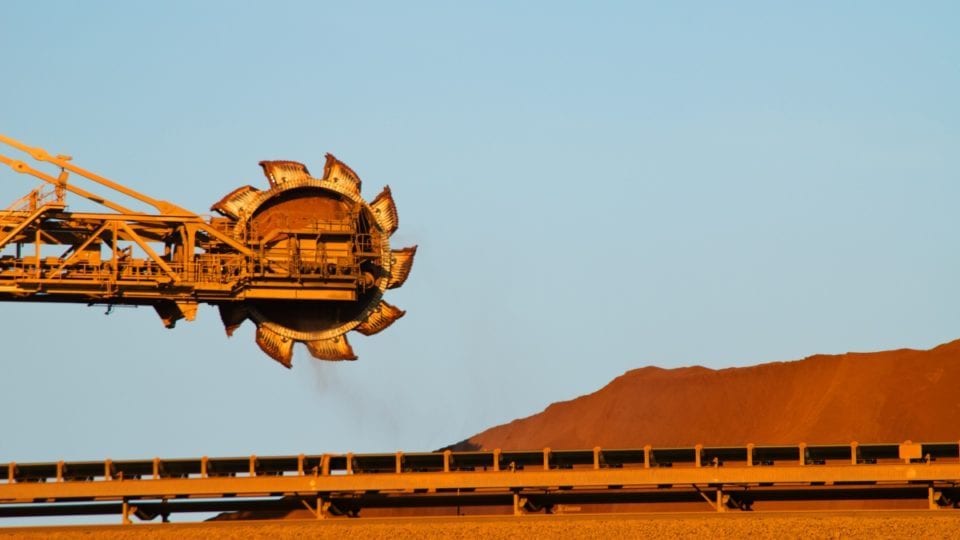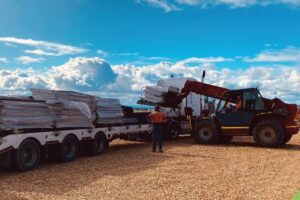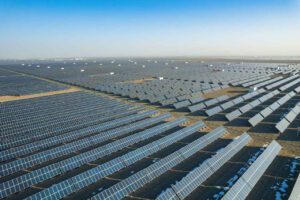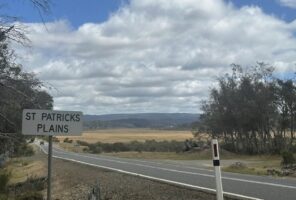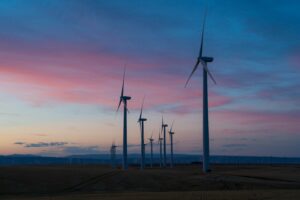Global mining giant BHP has revealed plans to add 120 MW of fast-start gas plants in the Pilbara, designed to provide back up and support for the up to one gigawatt of new wind and solar capacity that will lead the decarbonisation of its massive iron ore operations.
BHP currently serves its iron ore mines in the Pilbara, in the north of Western Australia, through a 124 MW combined cycle gas generator at Yarnima, supported by around 35 MW of diesel generators.
The company proposes to replace the diesel generators with 100 MW of aero-derivative gas machines that it says will support the increase in generation capacity from its current level of around 150 MW to 1 gigawatt as it electrifies its mining operations, trains and truck and car fleets.
“The power demand of BHP iron ore’s Western Australia operations is forecast to increase from approximately 150 MW to around 1 GW by 2040,” the company says in its application to the state’s Environment Protection Authority.
“The additional power is required to support electrification of BHPIO’s rail and mining fleet as well as iron ore production. The power demand increase is forecasted to occur while BHPIO transitions to renewable
energy sources.”
Both BHP and Rio Tinto have announced big plans for wind, solar and storage and the electrification of their iron ore mining operations in the Pilbara, although neither match the ambition of Fortescue Metals which has vowed to reach “real zero” emissions by 2030 and stop the burning of any fossil fuels by that time.
BHP has already called for expressions of interest for 200 MW of wind capacity and 200 MW of solar capacity by 2030, backed up by around 150 MW of battery capacity with a few hours storage.
It in its EPA application, BHP says battery storage can provide some peaking and firming support, but there are no immediate options for long duration storage.
It says it has chosen the gas reciprocating engines for their ability to respond rapidly to gaps in wind and solar output and meet the higher power demand for the planned electrification.
“Solar cannot provide power at night and wind is not always steady to meet forecast demand,” it says.
BHP has already moved to decarbonise its mining operations in Chile, Queensland and in South Australia, where it has recently signed a “baseload renewables” supply deal with Neoen that the French developer will meet with a combination of wind at the new Goyder South plant and battery storage at the new Blyth facility.

In a presentation last year, the company’s head of planning & Technical Anna Wiley included some predictions of how the electricity supply at the company’s Pilbara mining operations might look like in 2030.
By that time it will include some of the wind and solar capacity sought from developers now, plus storage, the Yarnima facility and the electrification of its train, truck and 4WD operations.

